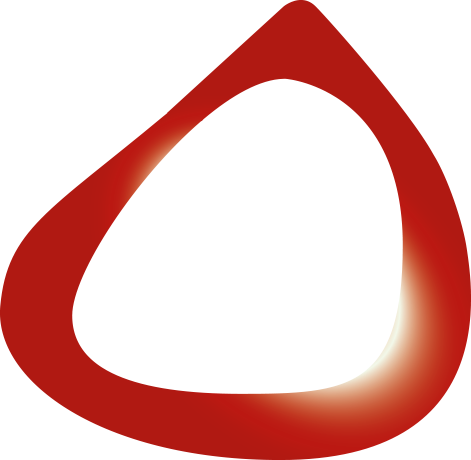It has been found that 10% of the world's population has rosacea. It develops mainly in adults from 30 to 50 years and in women is often associated with menopause, but the most serious cases are experienced by men.
This inflammatory dermatitis does not depend on the type of skin and may initially appear only as a transient redness on certain parts of the face such as the cheeks, nose, forehead, or chin.
In the next stage, however, the transient erythema becomes permanent, and the phenomenon of telangiectasia occurs, ie the blood vessels in the cheeks and nose become particularly intense.
The formation of bumps and pustules is not excluded, while when it worsens, the capillaries of the face become sensitive and often break.
Types of rosacea
There are four types of rosacea:
ERYTHEMATOTEL ANGIECTATIC ROSACEA (ETTR)
Frequent sudden erythema, but also persistent central facial erythema. Varicose veins may also occur.
PAPULOPUSTULAR ROSACEA (PPR)
Persistent central facial erythema, transient papules and / or pustules.
PHYMATOUS ROSACEA (PR)
Persistent facial swelling with tissue hypertrophy, rhinophyma and other lesions.
OCULAR ROSACEA (OR)
Ocular inflammation (blepharitis / conjunctivitis / Meibomian glands dysfunction / stye)
As the erythema of rosacea suddenly appears, it causes negative reactions in the person's psychology.
The exact reasons that cause rosacea are genetic, but also immune factors.
In some skin types, transient erythema and redness are inherited.
Those with thin, transparent, and light-colored skin are more prone.
There are environmental conditions that favor its exacerbation, such as the sudden change from cold to hot, spicy foods, cigarette smoke, alcohol, and stress.
When a person suffers from rosacea, if they consume in combination red wine, for example, then the blood vessels dilate even more.
Symptoms get worse over time, but there are mild and severe phases.
The condition can be progressive, which means it tends to get worse over time, but in the majority of people it occurs cyclically:
It is in exacerbation for a while, then enters in remission and finally reappears.
Diagnosis
The diagnosis of the disease does not require blood or histological examinations.
The clinical picture is enough for the dermatologist to distinguish the type, but also to distinguish it from simple acne, dermatitis, folliculitis, or other disease.
It is important to make a correct diagnosis in time and not to be confused with other skin diseases.
As rosacea quickly worsens, it is important to detect it as early as possible to treat the symptoms and stop the progression.
Treatment
Rosacea remains for a lifetime in the body.
The treatment consists in relieving the symptoms, it does not eliminate the disease.
The skin care and the respective treatment do not offer a complete cure.
With a regular visit to a dermatologist twice a year, it can be kept in remission and not have severe outbreaks.
Usually the dermatologist initially focuses on neutralizing the inflammation through medication, either topical or with oral pills.
Suggested antibiotics are tetracyclines and isotretinoin.
Then, we can proceed to peeling and the use of CO2 laser & pulsed dye laser to regenerate the skin.
The treatment plan varies depending on the stage of rosacea, but the goal is common: regeneration of collagen and elastic fibers to reduce varicose veins and erythema.
If the treatment is not applied in the right order, it is possible for relapse and even surgery




